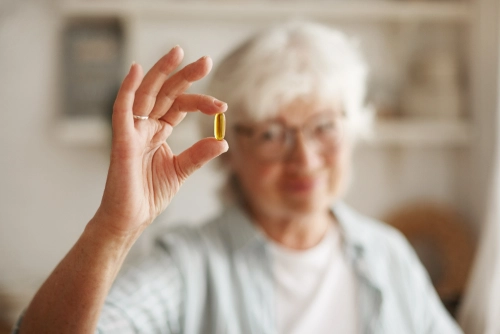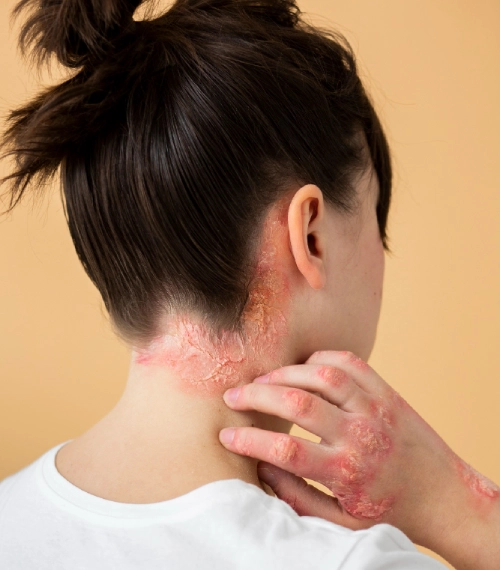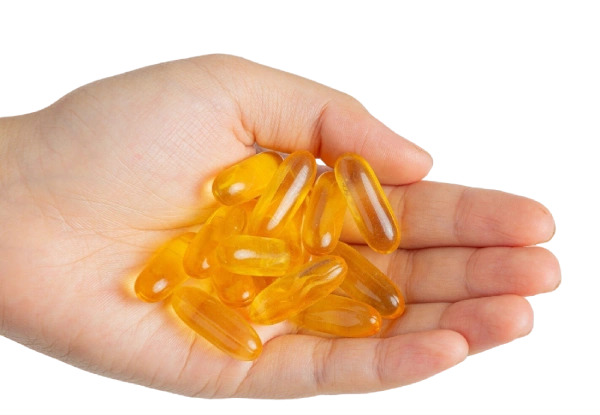Vitamin D toxicity: How to supplement correctly?
Vitamin D plays a crucial role in bone health, immune function and chronic diseases. However, indiscriminate supplementation can cause vitamin D toxicity.
Currently, to identify vitamin D deficiency, serum 25(OH)D levels should be evaluated. In addition, possible causes and associated symptoms should be identified.
Vitamin D Dosages for Different Health Conditions
The appropriate dose of vitamin D varies depending on individual needs and specific health conditions. However, based on current scientific evidence, the following guidelines are recommended:
- Treatment of vitamin D deficiency: 2,000-4,000 IU/day for 4-5 weeks, followed by reassessment of blood levels.
- Osteoporosis and persons at risk of deficiency: 800-1,000 IU/day to promote bone health and reduce the risk of fractures.
- Arthritis and autoimmune diseases: although there is no specific dose, 1,000-2,000 IU/day is recommended.
How Long Should You Take Supplements?
Vitamin D supplementation is generally safe when monitored appropriately. For those diagnosed with vitamin D deficiency, supplementation typically lasts 4-5 weeks, after which blood levels should be reevaluated. If levels remain low, continued supplementation may be necessary under professional supervision.
Long-term supplementation may be required for individuals at persistent risk, such as older adults or those with chronic health conditions. However, consuming high doses (+4.000 UI/day) without nutricional guidance increases the likelihood of vitamin D toxicity.
Is It Necessary to Take Breaks from Vitamin D Supplementation?
Contrary to common myths, there is no scientific evidence suggesting the need to pause vitamin D supplementation if blood levels are monitored regularly. As a fat-soluble vitamin, vitamin D is stored in body tissues, but appropriate dosing prevents accumulation to toxic levels.
Routine blood tests measuring 25(OH)D concentration are critical to adjusting dosages and mitigating the risk of vitamin D toxicity.
Vitamin D Toxicity: Symptoms, and Safe Limits
The most distinctive sign of vitamin D toxicity is hypercalcemia, which often presents with gastrointestinal symptoms such as loss of appetite, nausea, vomiting, and constipation, along with general weakness and fatigue.
In severe cases, it can lead to excessive urination (polyuria), abnormal thirst (polydipsia), kidney failure, abnormal calcium deposits in tissues (ectopic calcifications), as well as neurological and musculoskeletal issues like depression, confusion, bone pain, fractures, and kidney stones.
As a nutritionist, I consider a maximum dose of up to 4,000 IU per day to be safe. Higher doses over a prolonged period (several months) increase the risk of vitamin D toxicity and do not significantly increase its potential benefits.
Written by: Nutritionist Andrés Izurieta

Bibliographic citations:
Cashman KD. Vitamin D Deficiency: Defining, Prevalence, Causes, and Strategies of Addressing. Calcif Tissue Int. enero de 2020;106(1):14-29.
Sarathi V, Dhananjaya MS, Karlekar M, Lila AR. Vitamin D deficiency or resistance and hypophosphatemia. Best Pract Res Clin Endocrinol Metab. marzo de 2024;38(2):101876.
Vidal Carou MC, Veciana Nogués MT, Toro Funes N, Sánchez Pérez S. Mitos y realidades sobre la vitamina D: ¿estamos abusando de los complementos? Nutrició, Ciències de l’Alimentació i Gastronomia) 2024.



